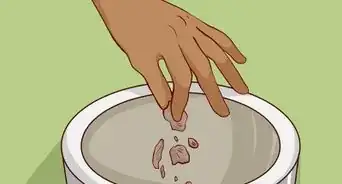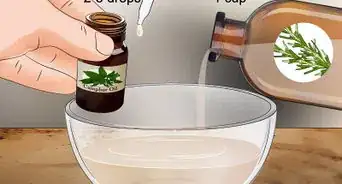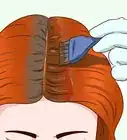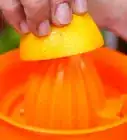wikiHow is a “wiki,” similar to Wikipedia, which means that many of our articles are co-written by multiple authors. To create this article, 17 people, some anonymous, worked to edit and improve it over time.
This article has been viewed 192,517 times.
Learn more...
Have you ever wanted healthy hair with a golden tint? Cassia obovata (Senna italica) is a plant that contains a faint golden or slight yellow dye; known also as "neutral henna" or "senna obovata", it has the conditioning benefits of henna.[1]
Cassia obovata is safe to use on over relaxed, bleached and dyed hair and can last anytime from a few shampoos to permanently. It will give dark hair a conditioning effect and blonde hair a color boost. If you wish to dye or condition hair with Cassia obovata, read on.
Steps
-
1Choose the type of Cassia obovata you want to use. Premixed Cassia obovata requires less effort but may not be completely pure (it may contain rhubarb root),[2] and powdered Cassia obovata takes more time but allows you to have a more customized mix. When you have made your decision, follow the instructions under the relevant section below.
-
2
Premixed Cassia
-
1Read the ingredients list on your Cassia obovata. Your 'Cassia obovata' may not be cassia at all if it is premixed. If Cassia obovata is not on the ingredients list, but Cinnamomum cassia is, you've got the wrong type of cassia.[4] Look at the other ingredients. Are there any metallic dyes? What about herbs? It is important to research any additional ingredients and their effects. Always strand test premixed cassia!
-
2Follow the instructions on the box or back of the jar. Read them very carefully. You may add in herbs, but if you do, remember to strand test!
Cassia obovata powder
-
1Put the powder in a large bowl. This is where you will make your fully customized Cassia obovata mix.
-
2Mix in a liquid. Research the pros and cons of each liquid before mixing and decide which one will provide your desired effect. You can use anything from Chamomile tea to hot water or even champagne! If you're short on time, try chamomile tea for a fast dye release. If you have a lot of time, try lemon juice for a rich stain. The liquid does not have to be acidic, but most people find acidic mixes stain better.[5]
-
3Add in other herbs. While this step is optional, it's fun and potentially rewarding to experiment with different herbs for scent, tone and conditioning that suits your own hair type.[6] Some suggestions include:
- Unbleached chamomile leaves can be a great blonde booster.
- Cinnamon can add warm red or auburn tones.
- Powdered cloves can mask the cassia scent.
- Rhubarb root, like cassia, contains a large amount of Chrysophanic acid, which makes it stain yellow so it's great to enhance the blonde. This will also stain your hands or clothes, so take care!
Warnings
- If using cassia with amla powder note that the cassia dye will deplete, so if you want no dye, mix amla with cassia.⧼thumbs_response⧽
- Don't bother doing a cassia gloss; it will be unnoticeable and provide hardly any conditioning.⧼thumbs_response⧽
- Although it's very rare, a Cassia obovata allergy is possible, so it's recommended to put cassia powder under a band-aid for 24 hours. If a rash appears, you might have a cassia allergy.⧼thumbs_response⧽
- If you have "hard water" (water with an enormous amount of minerals), your hair may turn green due to mineral buildup – remember to strand test!⧼thumbs_response⧽
- If you have cool toned skin, the cassia tone may clash with your complexion. It's recommended that you learn if you are a warm or a cool before trying this.⧼thumbs_response⧽
- Do not confuse Cassia obovata with Cinnamomum cassia (cinnamon). Although they are in the same family of plants, they are not the same and you cannot substitute Cinnamomum for cassia obovata.⧼thumbs_response⧽
- Do not expect Cassia obovata to have the same effects as peroxide. It will not lighten black or very dark brown hair. Most people find that only those with blonde and light brunette hair see any lightening effects.⧼thumbs_response⧽
- Be careful when rinsing out your cassia - it has a gritty texture which can cause damage to hair if it's scrubbed out too vigorously.⧼thumbs_response⧽
References
- ↑ https://www.christineshahin.com/earthly-dyes/
- ↑ https://www.hennaforhair.com/faq/cassiaobovata.html
- ↑ https://www.medium.com/@amomama/3-simple-ways-to-cover-your-grey-hair-naturally-at-home-f447e98966c0
- ↑ https://www.storey.com/article/four-pure-herbal-colorants-for-coloring-hair-naturally/
- ↑ https://www.tapdancinglizard.com/AS_henna_for_hair/chapters/chap5/5_Cassia_Obovata.pdf
- ↑ https://www.greenprophet.com/2012/05/dye-your-hair-naturally-with-henna/
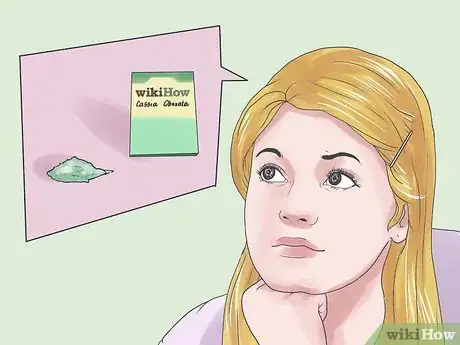
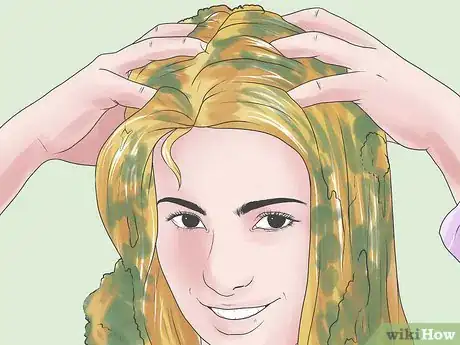
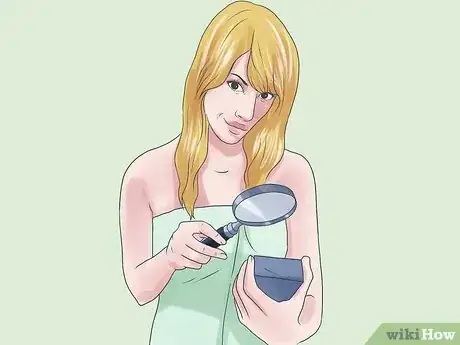
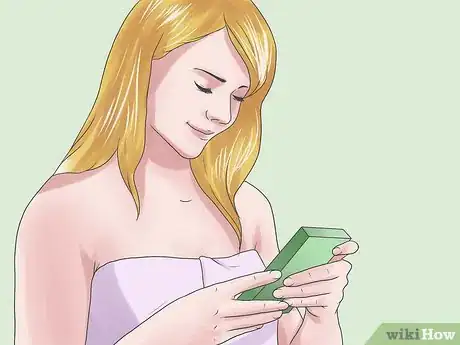
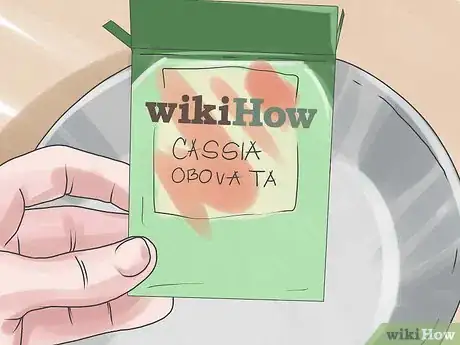
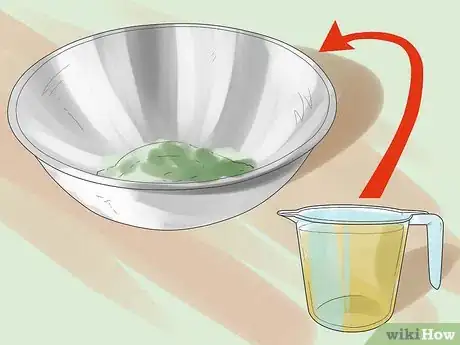
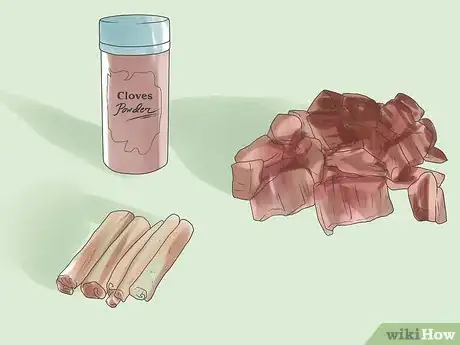
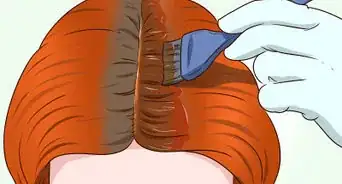

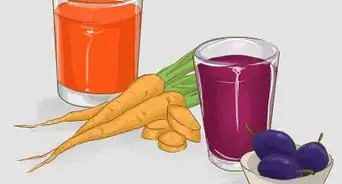



-Step-5.webp)
